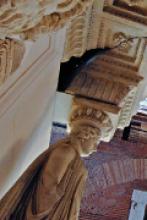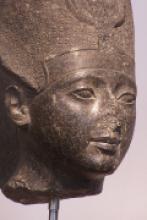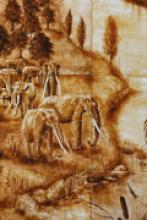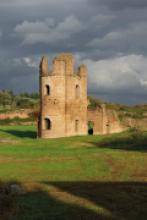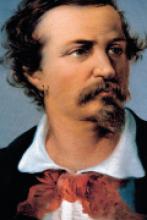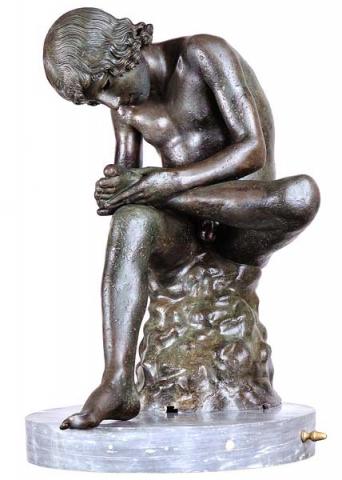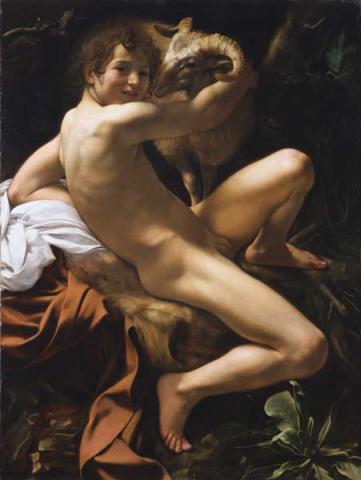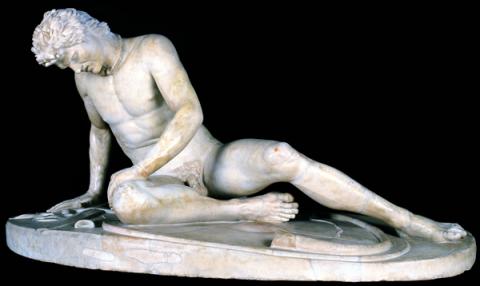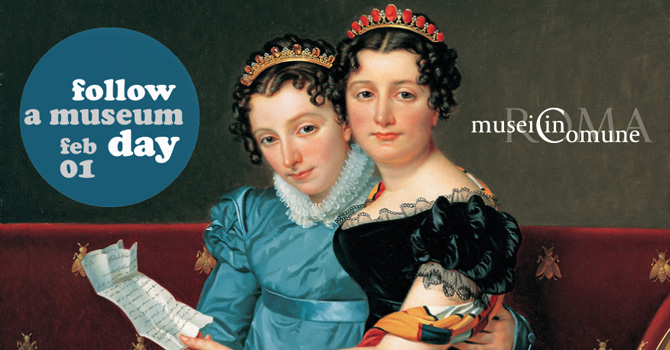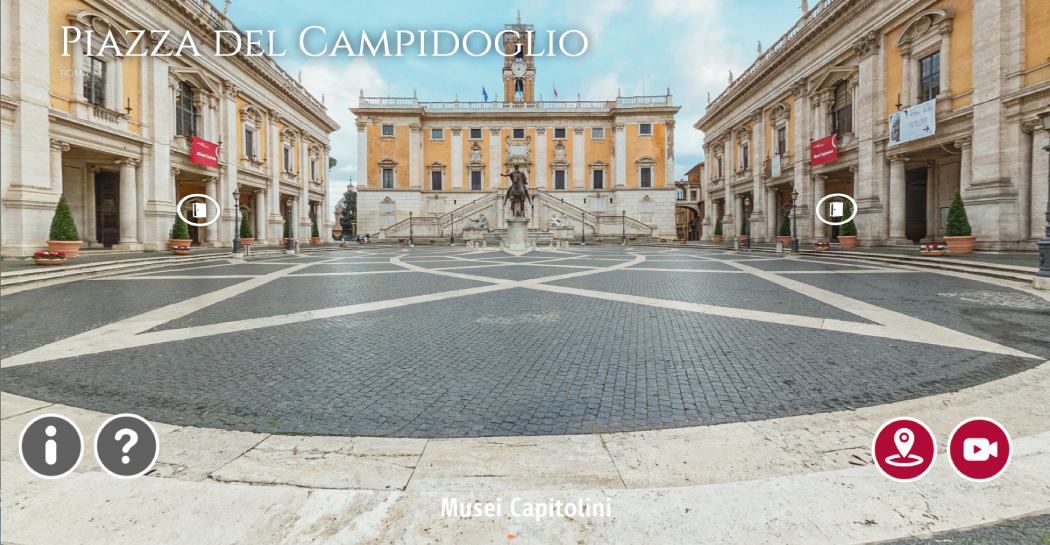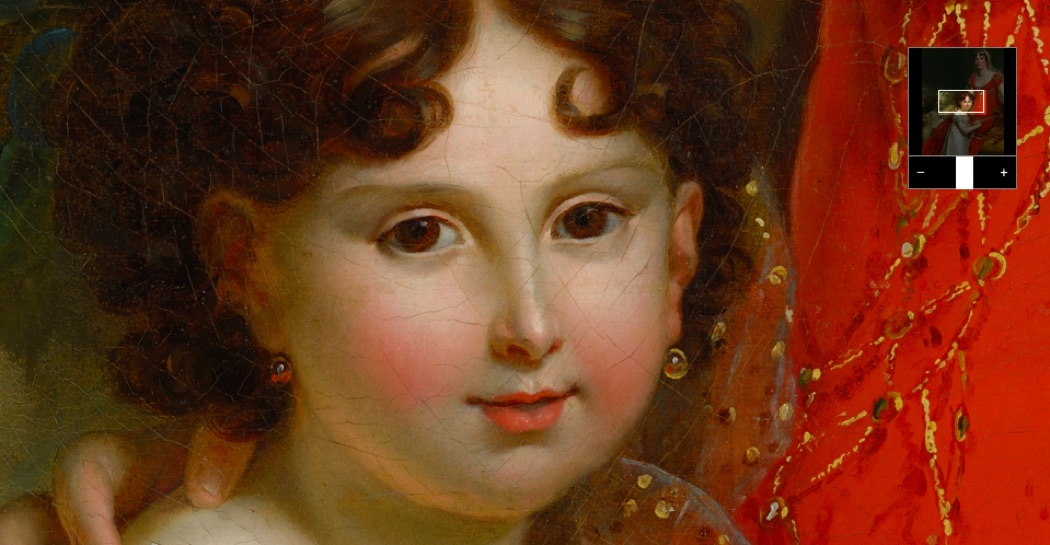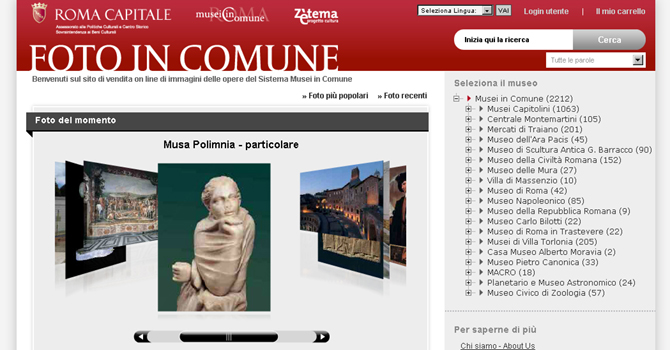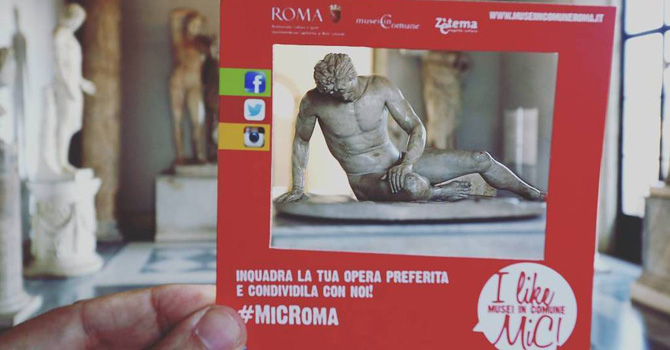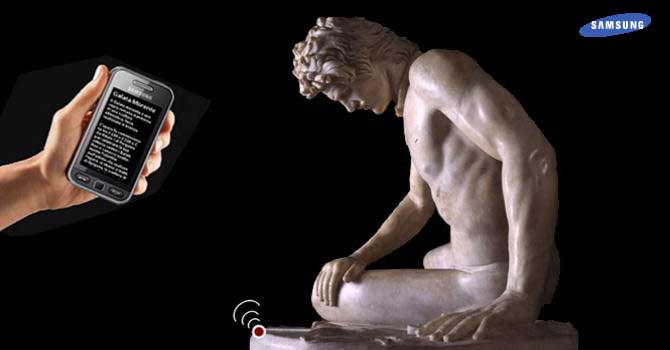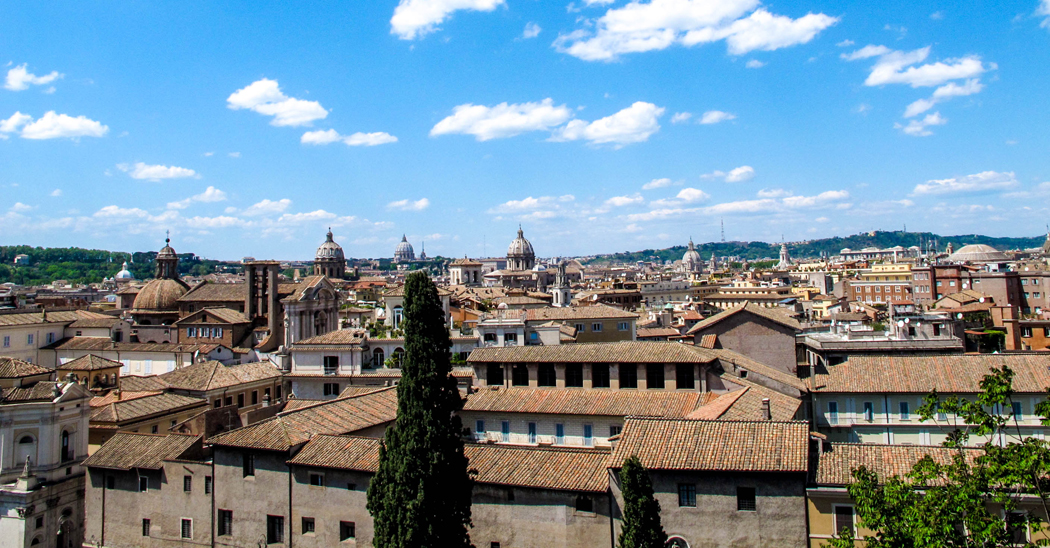Red and Gold

17th century paintings, silverware, chinaware and azulejos. New view of 17th century Portuguese art and culture.
War, conquests, religious sentiment, commerce, raw materials, the different taste and evocative power coming from conquered far away lands is in the art of Portugal of the XVII century.The new exhibition in the halls of Palazzo Caffarelli, which has already been very successful at the Jaquemart André Museum in Paris, through a careful selection of paintings, silver, ceramics, porcelains and azulejos panels, illustrates a period of history worth exploring, and which will be a complete novelty for both Italian and foreign visitors.
It is an overview of the art of the Seicento in Portugal which presents itself in original forms, but which are nevertheless an integral part of the "evolution of image" of the European Baroque.
The exhibition evokes significant moments of a difficult period in Portuguese history marked, between 1580 and 1668, by the bitter battle for the re-conquering of independence fought against the Spanish crown and the struggle for re-found national unity around the new royal family of the Braganzas, whose coat of arms has a red and gold background, which were to become the symbol of Portuguese Baroque.
Political conflict and civil ideals reflect themselves in the "Burning of Troy" and the "Burning of Sodom" by Diogo Pereira, where the presence of Aeneas, the pious and just hero, doubtless foreshadows those qualities of courage and fidelity to religious principles typical of the "ideal Christian prince" which in those years was incarnated by John IV Duke of Braganza, protagonist of the fight for independence from Spain, whilst the religious sentiments of the time are evident in some still life works by Baltazar Gomes Figueira and in the paintings of sacred subjects by Josefa de Ayala, still heavily influenced by the spirit of the Counter-Reformation.
If certain aspects of these works offer food for thought in terms of the political and religious upheaval which was to lead to the birth of a new nation state, in the still life works by Josefa de Ayala the trays and the fruit stands in gold and silver, brimming with an extraordinary variety of flowers and fruit, are live testimony of those raw materials (gold, silver and cane sugar) which flowed plentiful from the mines and the plantations of the Portuguese colonies in Brazil.
At the same time, the splendid silver, gold jewellery, ceramics, porcelain and the azulejos exhibited, with their shapes and decorations, evoke the truly vast horizon of the Portuguese colonial conquests which extended, since the previous century, from the east to the west of the known world, from Brazil to Africa, from India to China.
In the very rare Chinese porcelain of the XVI and XVII century imported by the Portuguese and immediately sought after by both nobles and well educated bourgeois throughout Europe, as in contemporary Portuguese porcelains, which imitate in their shape and the blue white decorations which are the motives of Chinese porcelain of the Ming period, we see the seed of that perennial fascination which Western European culture has for the Orient and the first fruits of that encounter between civilizations so far apart, but which had reached a refined degree of evolution, of which the intrepid Portuguese explorers and merchants were protagonists.




